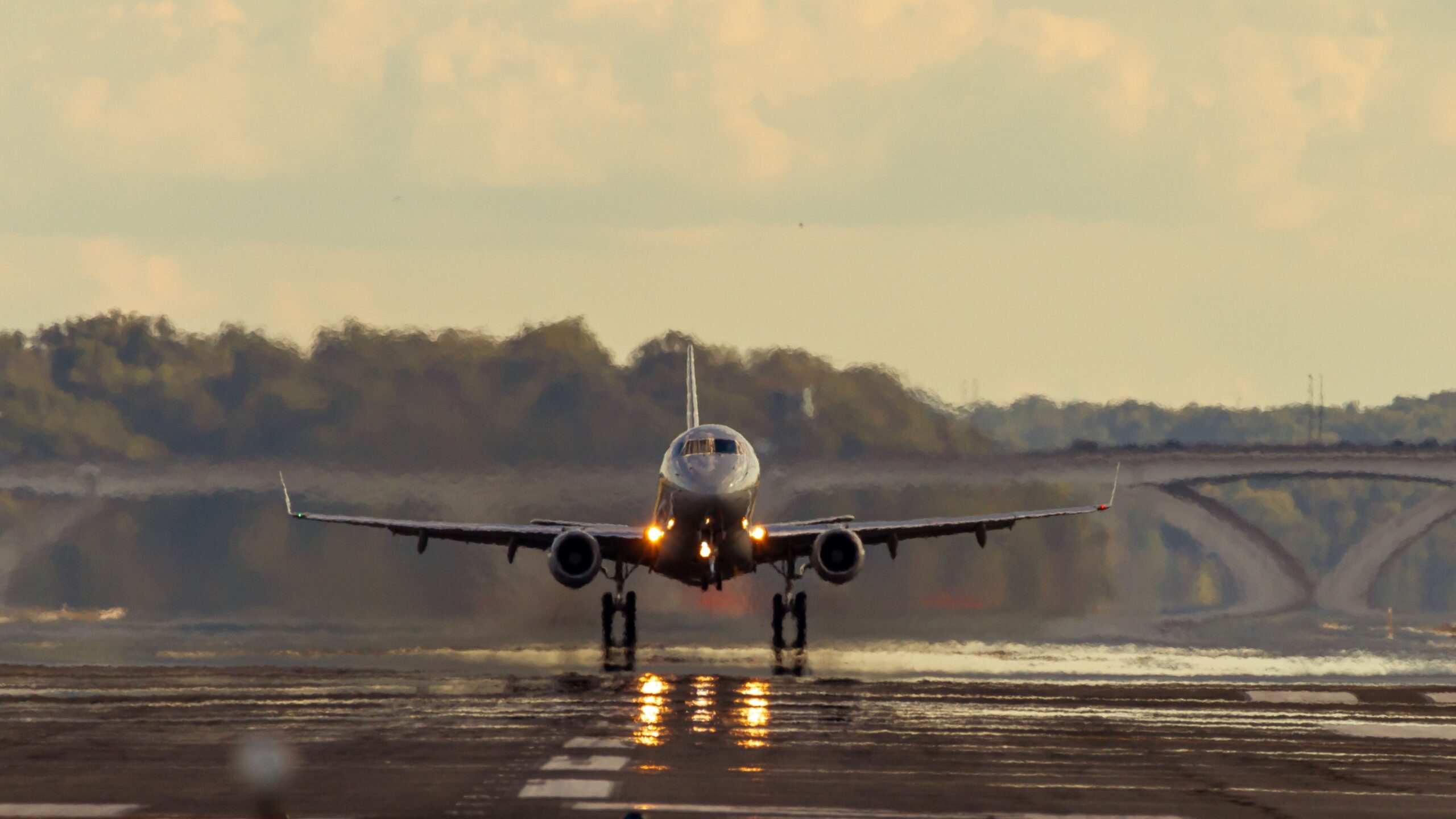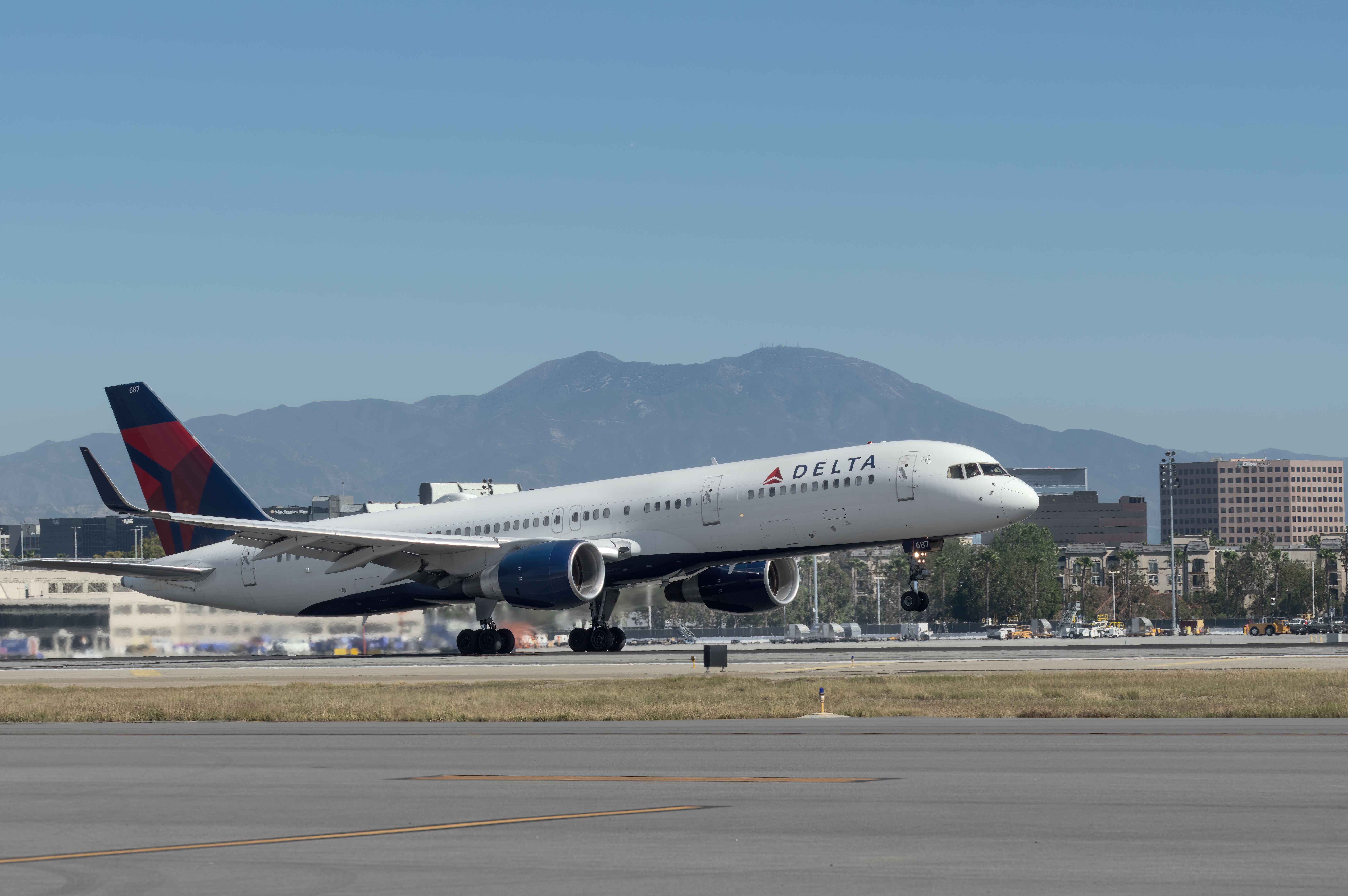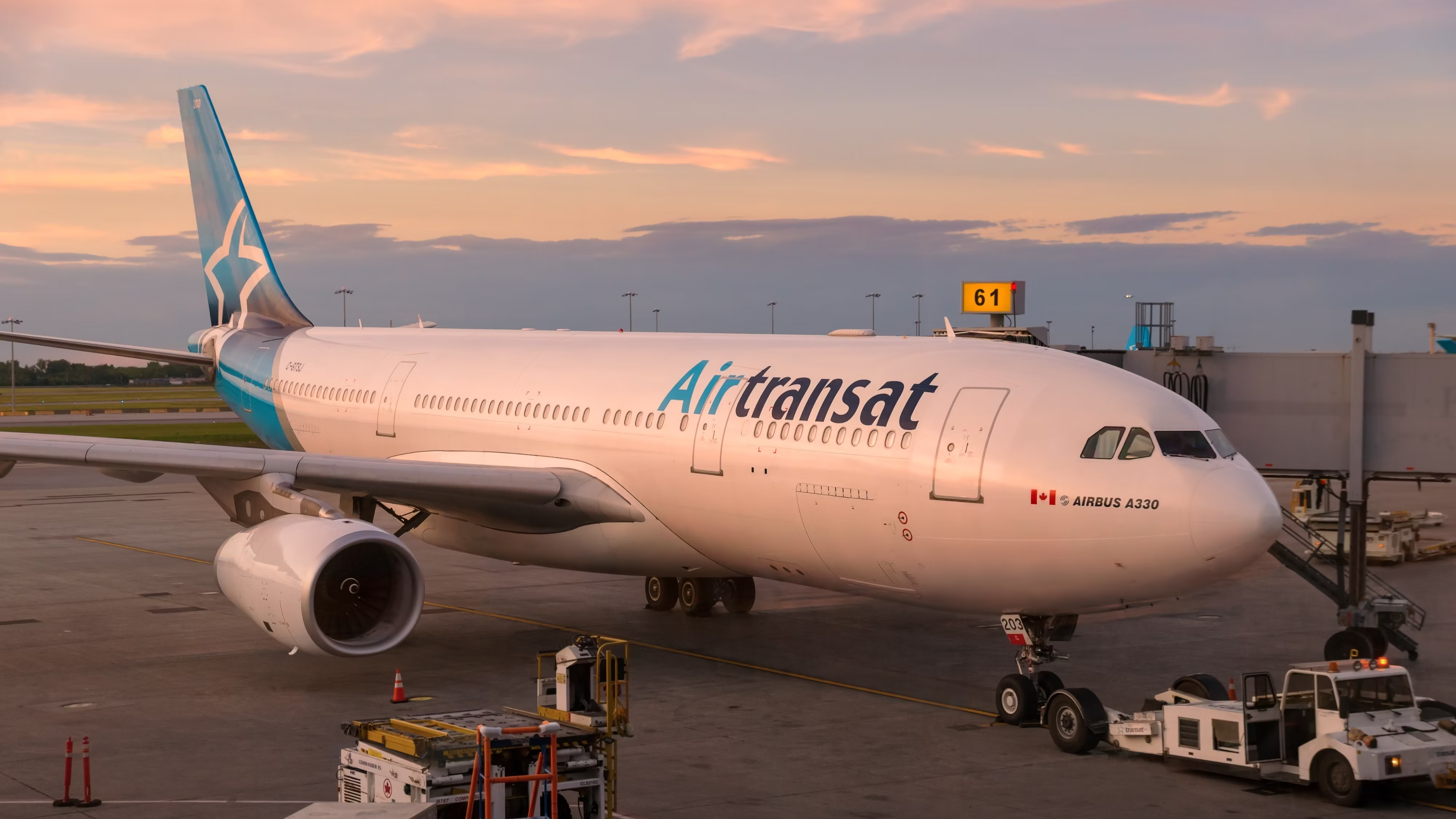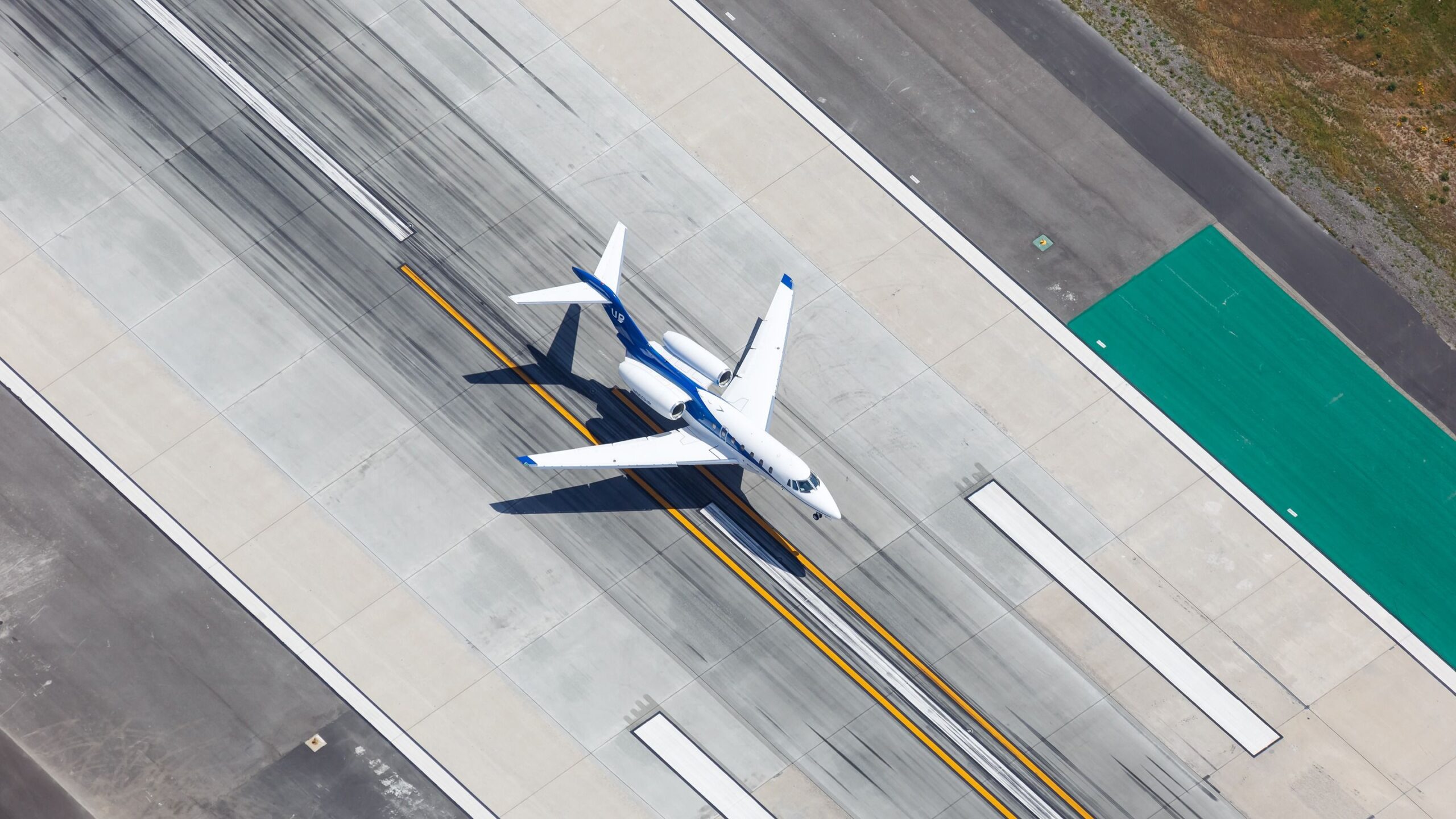Summary
- Landing at small airports with short runways requires pilots to master short-field landing techniques and precisely consider environmental factors like wind.
- Small airports like John Wayne in Orange County serve unique destinations with short commercial runways, even if they can accommodate jetliners.
- Key West and Hilton Head airports have short runways under 5,100 feet, requiring precise takeoffs with full flaps and maximum braking.
The United States is home to some of the biggest and busiest airports on the planet. While we might think that these airports are iconic in their own way, let’s consider those that are actually small but mighty and have some of the shortest runways on the continent. Not all
runways
are built the same; some are short, and some are long. They can be built of asphalt, concrete, dirt, or even reclaimed riverbeds.
Arriving and departing on a short runway requires some airlines to have short take-off and landing capabilities (
STOL
), and pilots need to be well-versed in basic short-field techniques. These include precise control of airspeed, an adequate approach, and consistently utilizing the touchdown point. In addition to these operational expectations, pilots usually need to add environmental factors into play, such as wind, which can then require precise maneuvering.
In some cases, pilots are specialized in training and follow strict weight limits. However, despite the challenges, arriving and departing at short runways can be breathtaking and have you arriving at a unique, picturesque destination. While there are several world-famous short runways across the globe, this article will focus on some of the most commonly known and popular short runways across the United States. Chances are, you may have already landed or departed on one.
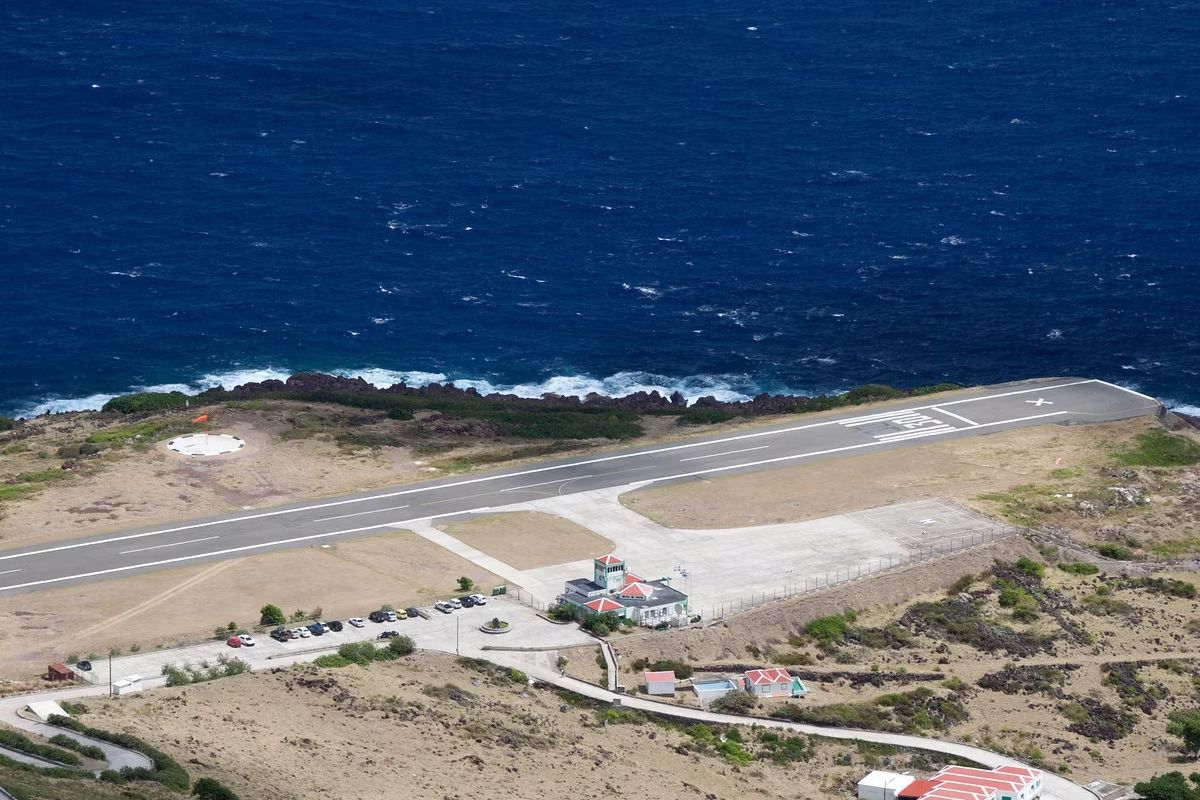
Related
A Look At The World’s Shortest Commercially-Used Runways
Some are less than half a kilometer in length!
As a caveat, the total available runway to have made this list is less than 6,000 feet. Without further ado, here’s the list!
John Wayne Airport (SNA)
Runway length: 5,700 feet
Serving Greater Los Angeles and based in Orange County, John Wayne Airport (SNA) might not be the shortest on the list, but runway 2L/20R is famous for being “the shortest commercial runway in the US” in many people’s minds. Initially, the runway was 4,800 feet (1,500 meters), but it was rebuilt in 1964 to its current configuration. The new runway is 901 feet longer than the previous one and is long enough to accommodate jetliners. A full instrument landing system was installed during the reconstruction in the 60’s.
Photo: Angel DiBilio I Shutterstock
With 22 gates, it is a busy reliever airport for
Los Angeles International Airport
(LAX) and offers domestic and international operations. While all major American carriers serve the airport, there are a few notable mentions for those who may be unaware; you could depart on this short runway to these unique destinations:
- Air Canada – Vancouver (YVR)
- Breeze Airways – Ogden (OGD) and Provo (PVU), Utah
- JSX – Concord, CA (CCR), Las Vegas (LAS), Reno/Tahoe (RNO), Scottsdale (SCF)
- Westjet – Calgary (YYC), Vancouver (YVR)
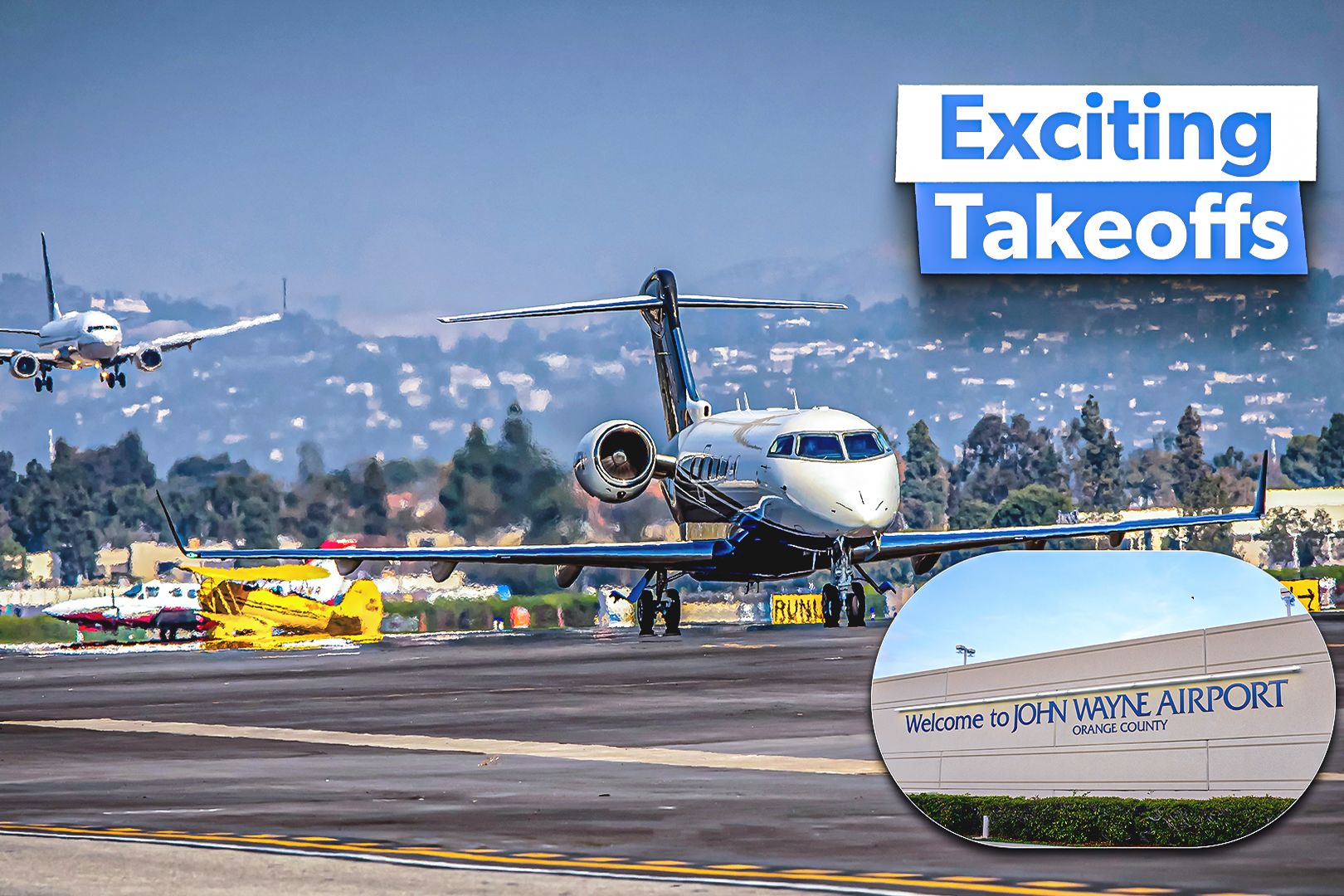
Related
5 Reasons Why Takeoffs From California’s John Wayne Airport Have Passengers On The Edge Of Their Seats
Noise abatement rules have influenced a typical takeoff procedure performed by pilots.
Hilton Head Island Airport (HHH)
Runway length: 5,000 feet
Hilton Head Island Airport on the southern coast of South Carolina is the smallest runway served by airliners in the US. Not only is the runway only 5,000 feet long, but its width is a mere 100 feet (50–100 feet narrower than a standard airline-use runway). Due to the proximity of tree lines, the runway has displaced thresholds on both ends. This reduces the available landing distance to 4,703 on runway 3 and 4,597 on runway 21.
Landing at Hilton Head requires full flaps, max braking, and a non-negotiable touchdown in the first 1,000 feet of the runway. Airline service to the airport is relatively new, having commenced in July 2018. The airport is served exclusively by Embraer 170 aircraft, and current operators include:
|
Airline |
Year-round destination |
Seasonal destinations |
|---|---|---|
|
American Eagle |
Charlotte |
Boston, Chicago–O’Hare, Dallas/Fort Worth, New York–LaGuardia, Philadelphia, Washington–National |
|
Delta Connection |
– |
Atlanta, New York–LaGuardia |
|
United Express |
– |
Chicago–O’Hare, Newark |
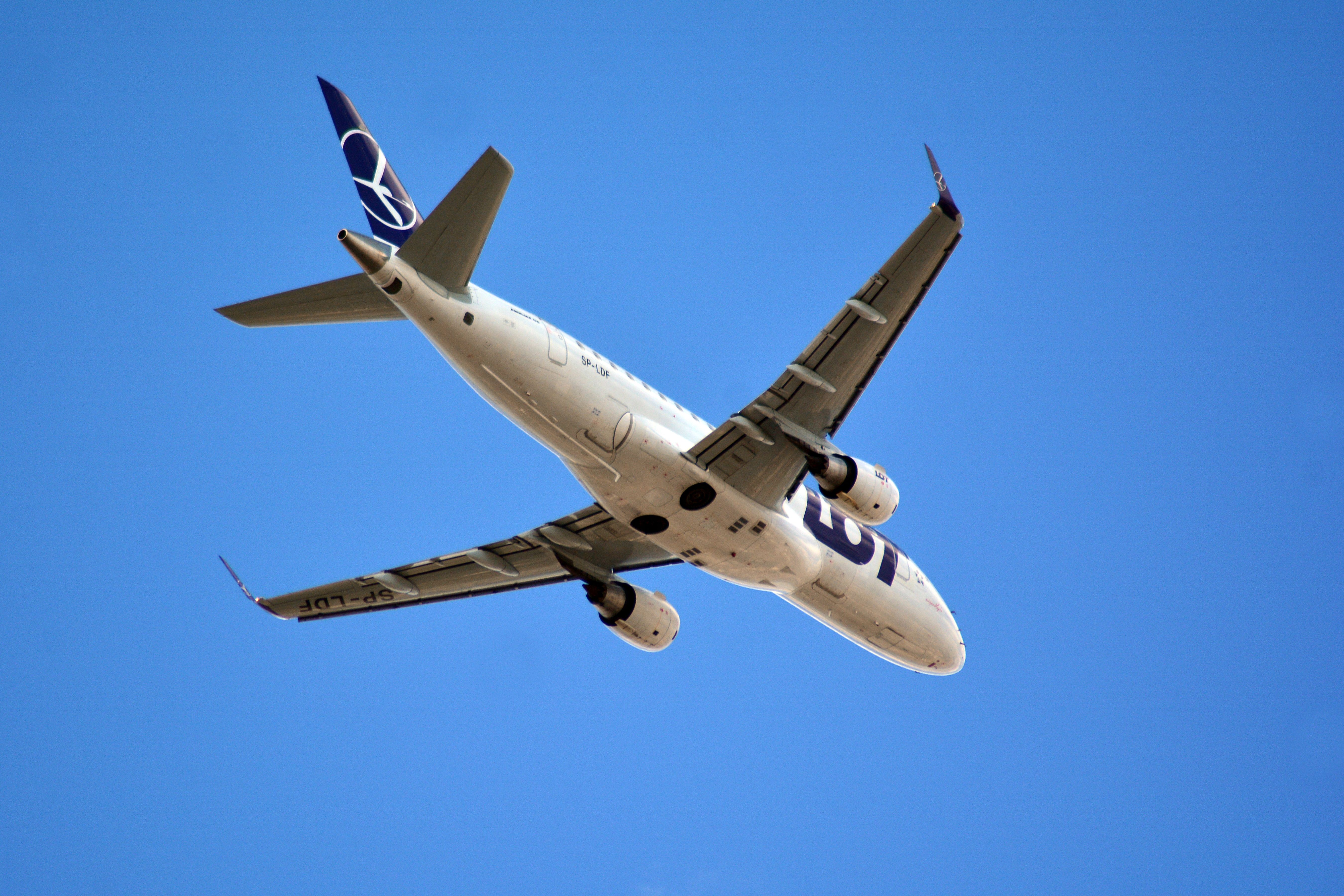
Related
First In The Family: A Look At The Development Of The Embraer 170
The E-Jet family laid the groundwork for Embraer to become the third-largest aircraft manufacturer worldwide.
Key West International (EYW)
Runway length: 5,076 feet
Many Americans flock to Key West, a popular tourist hotspot famous for the Key Lime Pie! Key West’s runway 9/27 is just a touch longer than Hilton Head’s but features a standard 150-foot width. Visitors can travel south from Miami on the famed US Route 1, but many travel by boat and plane. Due to its popularity, Key West receives regional and mainline aircraft flights.
Key West’s aviation history began in 1913 when Augustin Parla operated a flight to Cuba. In 1928, Pan American Airways commenced scheduled flights from the airport. Fast forward to today, and the airport welcomes direct services from most major East Coast airports, as well as respective airline hubs. Current operators below include:
|
Airline |
Year-round destinations |
Seasonal destinations |
|---|---|---|
|
Allegiant Air |
Asheville, Cincinnati, Indianapolis, Orlando/Sanford, Pittsburgh, St. Petersburg/Clearwater |
– |
|
American Airlines |
Charlotte, Chicago–O’Hare, Dallas/Fort Worth, Philadelphia, Miami, Washington–National |
Boston, New York–LaGuardia |
|
Delta Air Lines |
Atlanta |
New York–LaGuardia |
|
JetBlue |
– |
Boston |
|
Silver Airways |
Fort Lauderdale, Orlando, Tampa |
– |
|
United Airlines |
Newark |
Chicago–O’Hare, Houston–Intercontinental, Washington–Dulles |
Due to the airport’s unique configuration, mainline jets are primarily the Airbus A319. JetBlue deploys its Airbus A220, while United uses the Boeing 737-733. American Eagle, Delta Connection, and United Express use the CRJ700 or Embraer E-Jet to serve the airport. Silver Airways sends down its ATR42 and ATR72 turbo-props.
Fun fact: Key West Airport is located at a latitude of 33.4N, making it the most southerly airport in the 49 US states, excluding Hawaii.
Ronald Reagan Washington National Airport (DCA)
Runway 15/33 / Runway length: 5,204 feet
Washington Reagan National Airport is a special airport. It deserves an article dedicated solely to it, featuring one of the most unique approaches in the country, tight security restrictions, and a wildly congested ramp area. Reagan National’s main runway 1/19 is the busiest in the country, handling 819 daily movements. However, the lesser-used runway 15/33 is one of the country’s shortest, at just 5,204 feet.
Primarily used for departing regional jets, runway 15/33’s length is constricted by the airport’s proximity to the Potomac River. Controllers at Reagan appreciate it when regional jets can accept runway 15 for departure when the airport uses a “south flow” because it reduces the number of runway crossing instructions that need to be issued. The holding bay for Runway 19 can also become overcrowded, so Runway 15 departures are a useful alleviator of some congestion at the busy airport in the heart of the Capitol.
Current operators at this airport include:
- Air Canada Express
- Alaska Airlines
- American Airlines & American Eagle
- Delta Air Lines & Delta Connection
- Frontier
- JetBlue
- Southwest Airlines
- United Airlines & United Express
The airport is bound by perimeter restrictions, which are federally mandated to keep it a short-haul airport. This funnels the long-haul traffic away from the airport and predominantly to Dulles (IAD). This rule was implemented in 1966 and initially limited nonstop service to 650 statute miles, except for previously existing services. Congress then extended the limit to 1,000 miles in the 1980’s and then again to 1,250 miles. Current daily perimeter restrictions have exemptions for (and operating to/from):
|
Airline |
Number of slots |
Destinations |
|---|---|---|
|
Alaska Airlines |
Ten |
|
|
American Airlines |
12 |
|
|
Delta Air Lines |
Four |
|
|
Frontier Airlines |
Six |
|
|
JetBlue Airways |
Two |
|
|
Southwest Airlines |
Two |
|
|
United Airlines |
Four |
|
Last year, there had been conversations about softening the perimeter rules; these efforts were opposed by many senators from Virginia and Maryland, along with
![]() American Airlines
American Airlines
, who operate a hub from Raegan, and
![]() United Airlines
United Airlines
, which operates a hub from
Washington Dulles International Airport
. The opposition argued that the airport has a high rate of delays and that additional flights will quickly exceed the airport’s current capacity. In 2024, President Joe Biden signed a deal to add five new perimeter-exempt roundtrip slots at the airport.
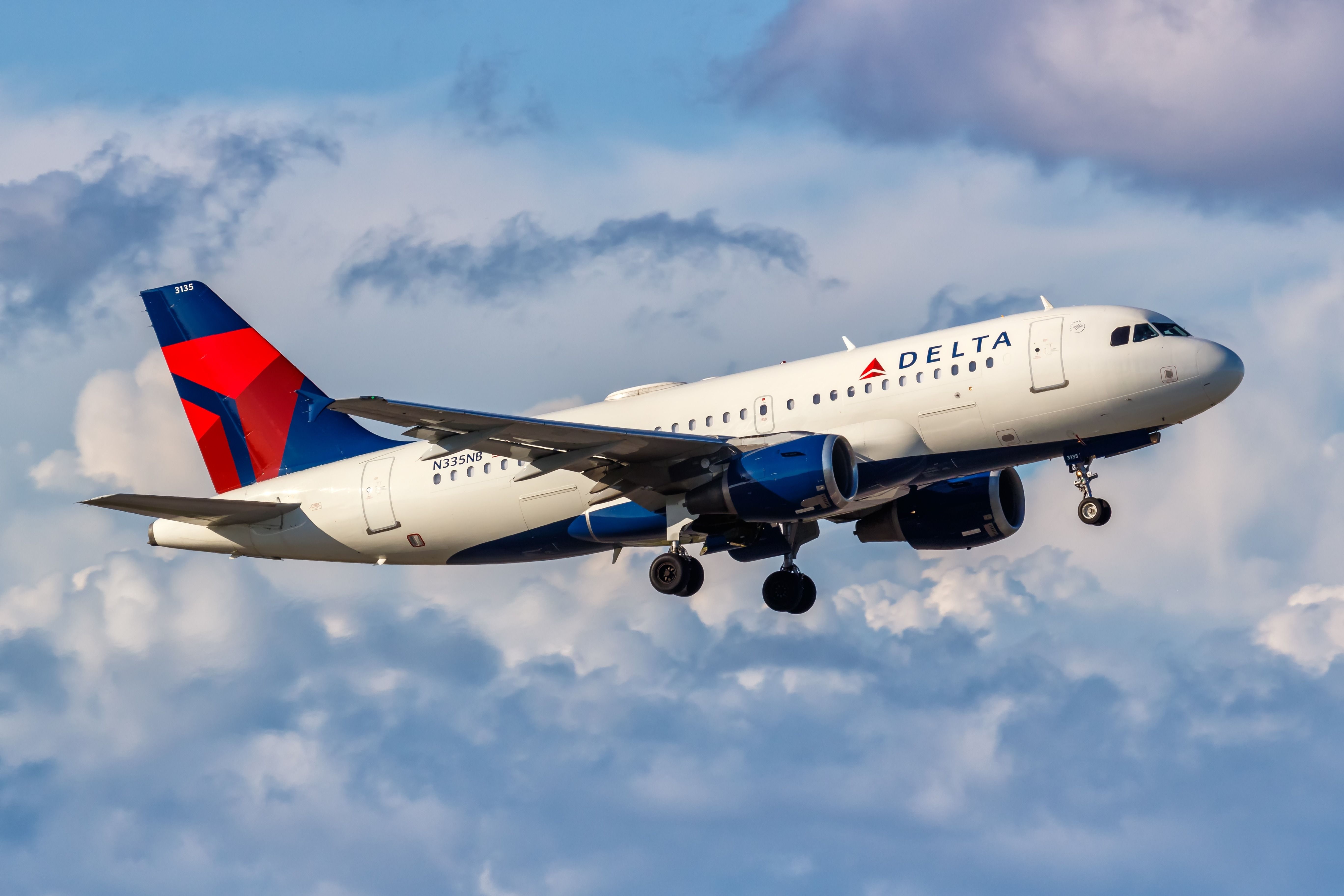
Related
Senate Passes FAA Bill Adding 5 Flights From Reagan National Airport Longer Than 1,250-Mile Limit
The move could help to increase the availability of longer routes from Ronald Reagan Washington National Airport.
Hollywood Burbank Airport (BUR)
Burbank Runway 8/26 / Runway length: 5,802 feet
Hollywood Burbank Airport, another popular Greater Los Angeles airport, is 16 miles north of LAX. Burbank is a dense urban area flanked north and east by the Santa Monica Mountains. Burbank has a “longer” runway 15/33 (6,886 feet), which is favored when wind conditions allow, but runway eight is often used for landings with 5,802 feet available.
Runway 8 has been overrun by airliners twice since the turn of the century. In 2000, a
Southwest Airlines
Boeing 737 overran the runway after landing long in rainy conditions. This led to installing an EMAS system (Engineered Materials Arresting System) to gently yet effectively stop aircraft if they overrun the end of the runway. This EMAS successfully stopped another Southwest 737 in 2018 after it landed fast on the short, wet runway. Compared to the first accident, this one resulted in just minor damage.
Formally called Bob Hope Airport, the airport is now served by most major American carriers, including:
- Alaska Airlines
- American Airlines & American Eagle
- Avelo Airlines
- Delta Air Lines & Delta Connection
- JetBlue (ending October 26)
- JSX
- Southwest Airlines
- Spirit Airlines
- United Airlines & United Express
Honorable mentions
There are countless runways across the US in the 6,000-foot range. Two closest to having made the list criteria are Schulz-Sonoma County’s runway 14/32 (6,000 feet) and Santa Barbara’s runway 7/25 (6,052 feet). Both airports are stunning to fly into. Schulz-Sonoma County is surrounded by vineyards, while the Pacific Ocean borders Santa Barbara.
Some live for the thrill of a challenging high-adrenaline adventure, while others prefer to keep their feet firmly on the ground. With that, several airports across the United States capture us with awe or complete panic as they require dramatic approaches or take-offs. Read the below to learn more about six US airports with dramatic and challenging airport approaches.
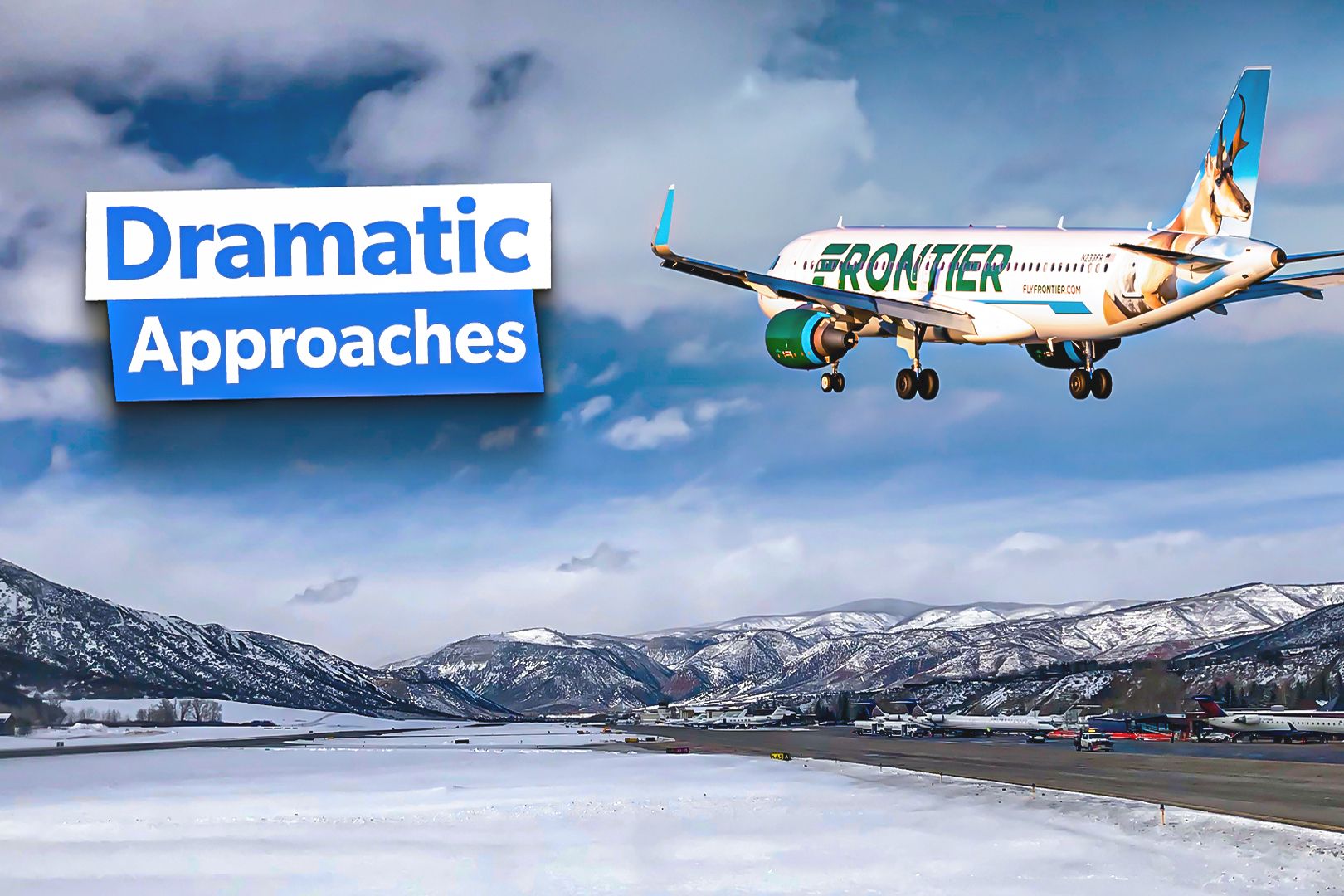
Related
Hold Tight: 6 US Airports With Dramatic & Challenging Approaches
You’ll want a window seat for these unique and picturesque airports.

